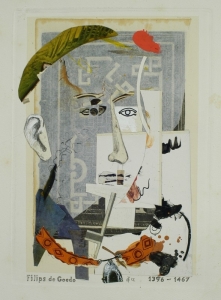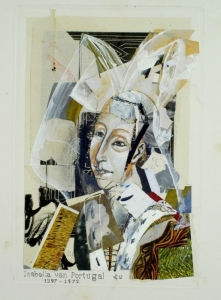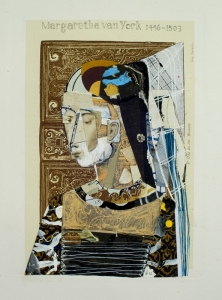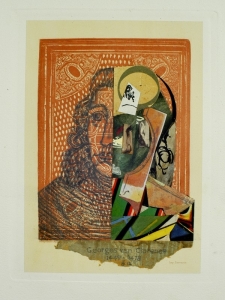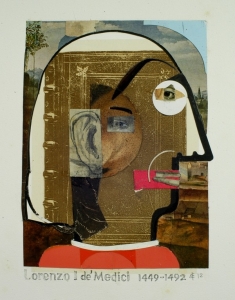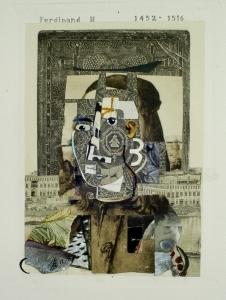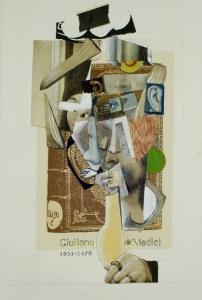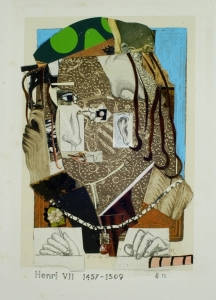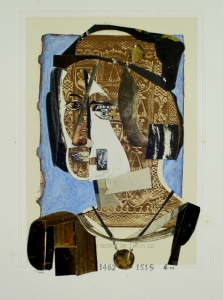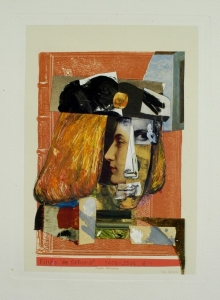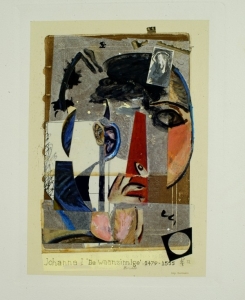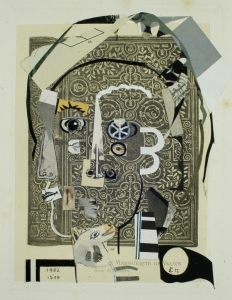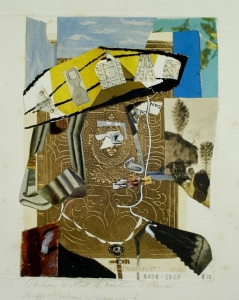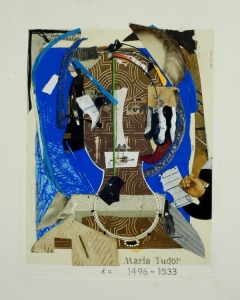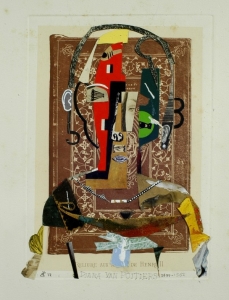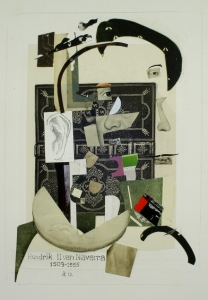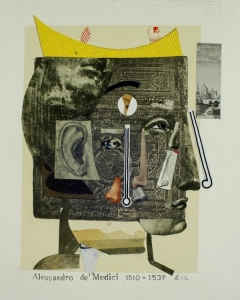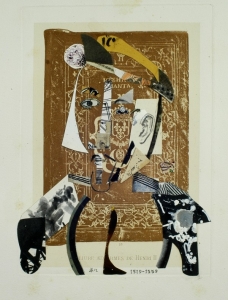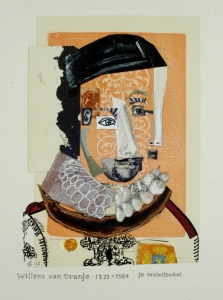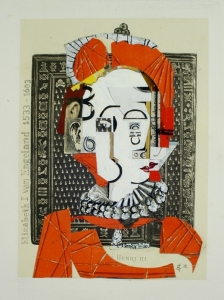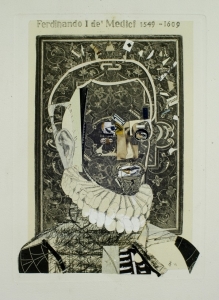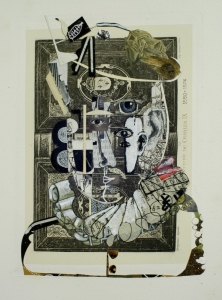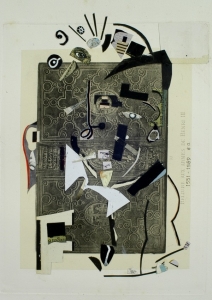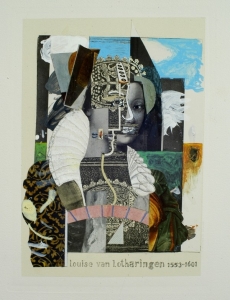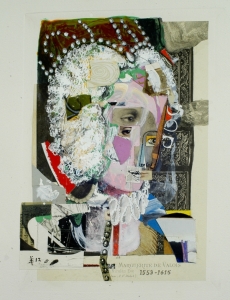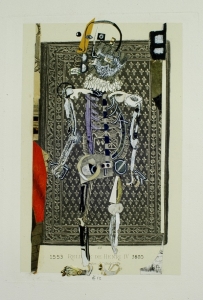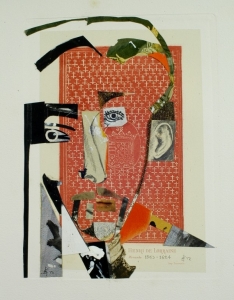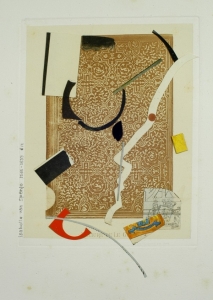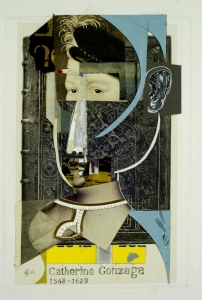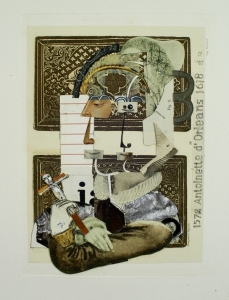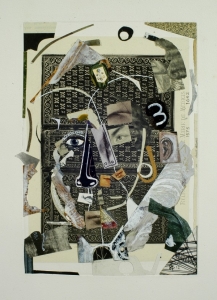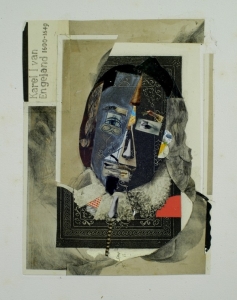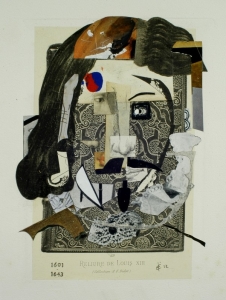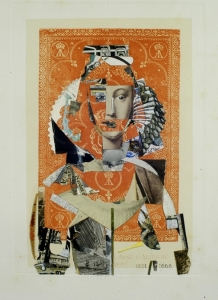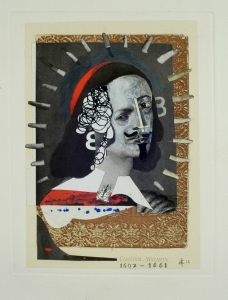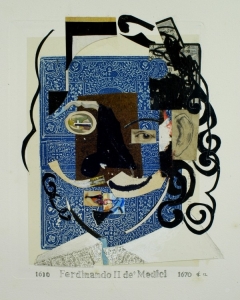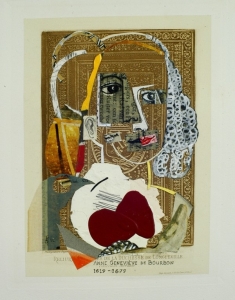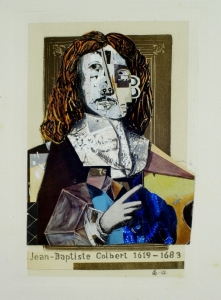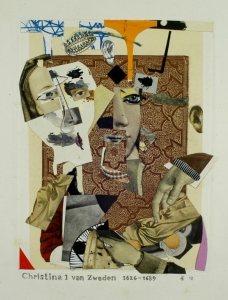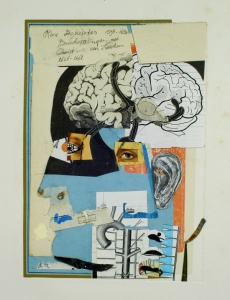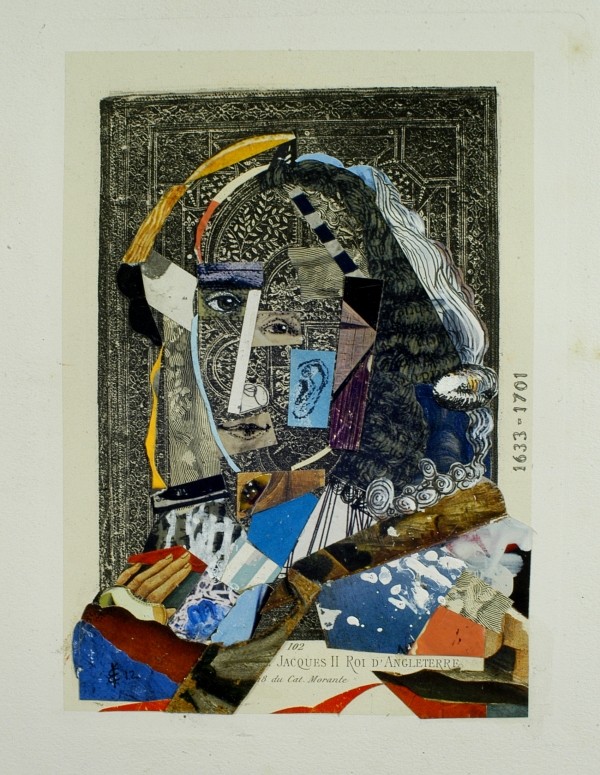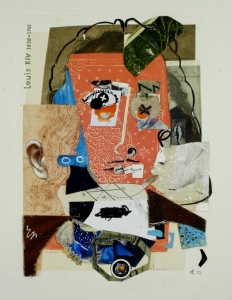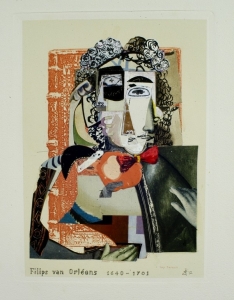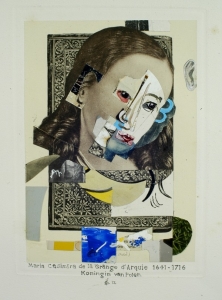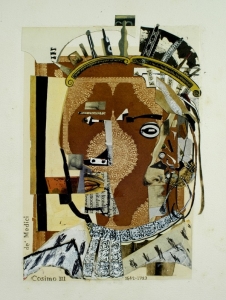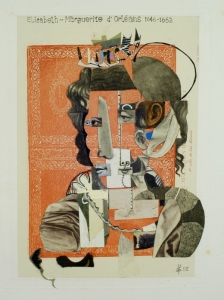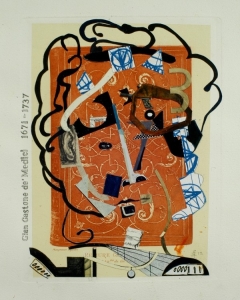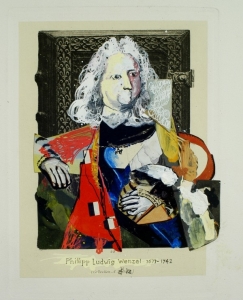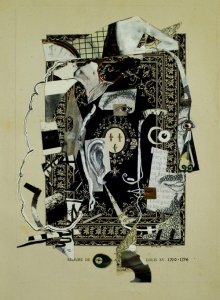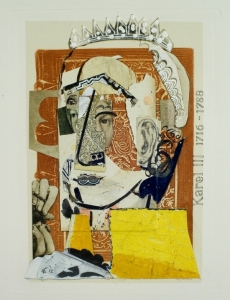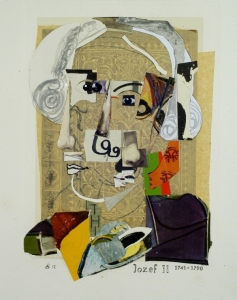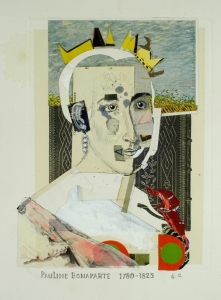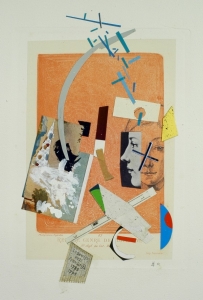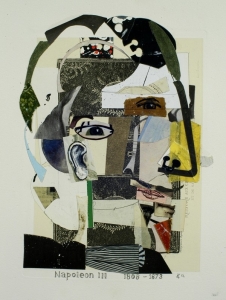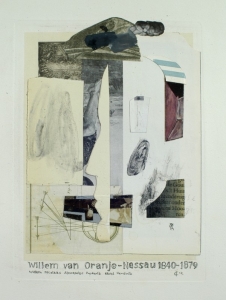KINGS & QUEENS
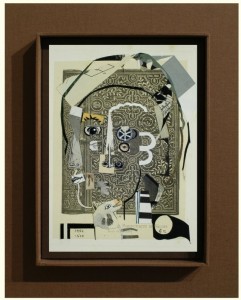
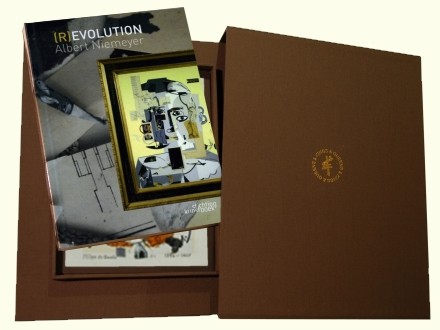
![]() Special edition of the book with an original work in a limited edition of fifty-five.
Special edition of the book with an original work in a limited edition of fifty-five.
Theme KINGS & QUEENS (period 15th to 19th century)
These are 55 unique works about persons of noble origin who were born and raised in isolation. Many are connected by marriage to the De’ Medici patrician family, which spread throughout Europe. A powerful and influential family with considerable prestige, one of the leading banking families in European history. Their influences in the field of politics, trade, culture, architecture, banking and religion are, in both negative and positive ways, intertwined like some gossamer web with our life now.
The position of kings and queens is sensitive: when we meet them, many of us act like servants and bow, but just talking about it generates resistance.
I show the Kings & Queens that I portrait alongside their own self-image.
The ground surface for the works is taken from an unusual two-part French publication “La Reliure ancienne et moderne” from 1878. They are photogravures from volumes from the period from 1400 to 1800. The photogravure I have used for a work is directly related to the person in the portrait.
Duke of Burgundy. In his role as ruler of the Low Countries, he initiated many reforms, such as central government for all provinces of the Low Countries, a centralised judicial system and central collection of taxes. As a way to facilitate centralised rule, Philips was the first to assemble the States General, the parliament of The Netherlands. The first major meeting took place in Bruges in 1464. This historic event is now considered the first meeting of the States General. Philips is also considered as the founder of the Order of the Golden Fleece.
Marguerite de Valois 1492-1549![]()
In 1509 she married Charles IV of Alençon, and in 1529 she married King Henry II of Navarre. She played an important political and cultural role at the French court, introducing them to her progressive literary views. At the time, she was considered unusually erudite, and her open, clear spirit made her an important figure in the development of the renaissance in France.
Henry II, Duke of Lorraine. His marriage to Catharina de Bourbon was meant to strengthen the bonds between the House of Bourbon and the House of Lorraine. Catharina died without children. He had four children with his second wife, Margherita Gonzaga.
Isabelle of Spanje 1566-1633
I used the same flag in this piece as I used in the portrait of William of Orange. She was sovereign of the Southern Netherlands and Archduchess of Austria. The Eternal Edict, signed in 1611, was an act issued by Archduke Albrecht and Isabelle. It is one of the best known and most quoted laws of the ‘Ancien Régime’, and it was the first attempt to create a general civil code in the Southern Netherlands.
Louis XIV 1638-1715
Better known as the Sun King (Le Roi-Soleil). King of France and Navarre. The hunting lodge at Versailles, constructed in 1624 by Louis XIII, was converted into the castle of Versailles by his son, Louis XIV. He was the founder of the Royal Academy of Painting and Sculpture. He was an accomplished dancer himself.
Philipp Ludwig Wenzel 1671-1742 ![]()
Count von Sinzendorf. A successful diplomat, he was the special envoy to France and imperial ambassador to the Netherlands. His work earned him the membership of the Order of the Golden Fleece. He was made famous by his portrait, painted by Hyacinthe Rigaud, where he wears the order regalia of the Golden Fleece.
Marie Paulette (Pauline) Bonaparte was the second sister of Napoleon Bonaparte. At the time, she was renowned for her beauty. As Paolina Borghese (her second marriage was to Camillo Borghese), she was sculpted by Antonio Canova as a naked Venus. At that time, Napoleon bought the entire Borghese family art collection for the Louvre museum.
William of Orange-Nassau 1840-1879
His nickname was Wiwill. He was the eldest son of king William III and queen Sophie. He had a difficult life, with parents who fought all the time, and his relationship with his father was bad. He was buried in the family tomb in the ‘Nieuwe Kerk’ church in Delft.

